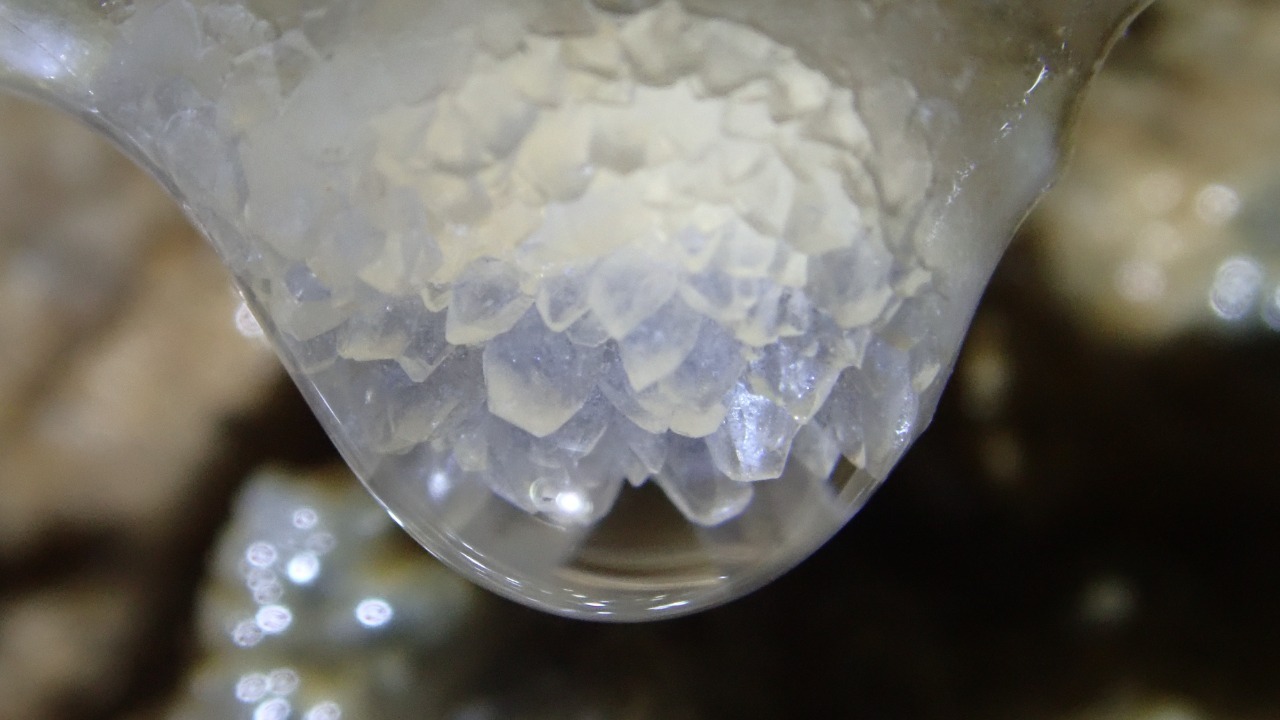
Physicists have achieved a groundbreaking milestone by creating a time crystal that can be seen with the naked eye, marking the first realization of this elusive structure in a visible, real-world form. This achievement builds on earlier efforts, including the 2021 development of the first time crystal using Google’s quantum computer, which demonstrated perpetual change without energy input. Recent advancements in 2025 have now brought time crystals closer to practical applications, as ongoing research explores their real-world potential.
Understanding Time Crystals
Time crystals are unique structures that exhibit periodic motion in time without requiring external energy, contrasting with traditional spatial crystals that repeat in space. The concept of time crystals was theoretically proposed to challenge the conventional understanding of equilibrium in physics. This idea gained experimental confirmation in 2021 when scientists successfully created the first time crystal using Google’s quantum computer. This experiment illustrated the “eternal change for no energy” property, where a quantum system can undergo perpetual oscillation without energy input, a phenomenon that defies traditional thermodynamic laws as reported by Quanta Magazine.
Despite the theoretical and experimental breakthroughs, earlier models of time crystals faced significant challenges in terms of visibility. These models were confined to quantum systems, making them difficult to observe directly. The 2025 innovation, however, marks a significant leap forward, as scientists have now created the first time crystal that can be seen. This achievement, announced on September 7, 2025, represents a pivotal moment in the study of time crystals, as it overcomes the visibility challenges that plagued previous models according to Science Daily.
The 2025 Visible Time Crystal Breakthrough
The creation of a visible time crystal in 2025 is a world-first achievement that allows direct observation of this once purely theoretical structure. Announced on September 8, 2025, this breakthrough was made possible through an innovative optomechanical approach. This method enables the direct observation of time crystals by integrating them into a system that can be seen with the naked eye, bridging the gap between theoretical physics and observable phenomena as detailed by ScienceAlert.
The experimental setup that enabled this real-world visibility involves a sophisticated optomechanical system. This system allows the time crystal to be observed directly, marking the first time such a phenomenon has been brought into the real world. This milestone is significant not only for its scientific implications but also for its potential to inspire further research and development in the field of time crystals. The ability to see a time crystal in action provides a tangible link between theoretical concepts and practical applications, paving the way for future innovations as reported by Popular Mechanics.
Evolution from Early Experiments
The journey to the 2025 visible time crystal began with the 2021 milestone of the first time crystal built using Google’s quantum computer. This achievement proved the feasibility of time-based periodicity in a controlled quantum environment, setting the stage for further advancements. The 2021 experiment demonstrated that time crystals could maintain perpetual motion without energy input, a property that has profound implications for energy efficiency and quantum computing as noted by Quanta Magazine.
Following this breakthrough, intermediate developments focused on scaling time crystals for real-world applications. Efforts in 2022 explored the potential uses of time crystals in various practical scenarios, such as ultra-precise sensors and enhancements in quantum computing. These developments highlighted the scalability challenges that needed to be addressed to bring time crystals from the lab to everyday use. The 2025 visible version of the time crystal builds on these foundations, utilizing insights from prior quantum-based models to design an optomechanical system that allows for tangible realization as discussed by SciTechDaily.
Implications for Future Applications
The visible time crystal’s creation opens up a range of potential real-world applications. Building on the 2022 discussions, time crystals could revolutionize fields such as ultra-precise sensing and quantum computing. Their energy-efficient properties, demonstrated in the 2021 Google quantum computer experiment, where eternal change occurs without energy input, suggest that time crystals could significantly enhance the efficiency of future technologies. The 2025 visible crystal advances these possibilities by making the phenomenon observable and thus more accessible for practical implementation as highlighted by Science Daily.
Beyond immediate applications, the development of visible time crystals signals a broader impact on materials science and physics. By bringing time crystals into the real world through optomechanical systems, researchers have taken a significant step toward making theoretical physics observable and applicable. This shift could lead to new materials and technologies that leverage the unique properties of time crystals, potentially transforming industries and scientific research alike as reported by Popular Mechanics.
More from MorningOverview